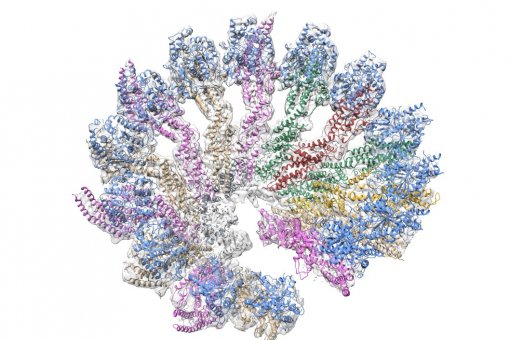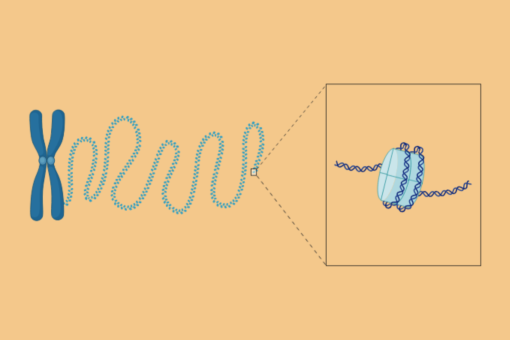Images
Participants


Contact

A research team at IRB discovers that Mitofusin 2 confers the cell with the sensitivity to understand its state of health, and determine whether it should be repaired or undergo apoptosis
With this new function, Mitofusin 2 becomes a viable target to intervene in diseases such as neurodegeneration and cancer
Each cell in an organism has a sensor that measures the health of its "internal" environment. This "alarm" is found in the endoplasmic reticulum (ER), which is able to sense cellular stress and trigger either rescue responses or the death of the cell. A team from the Institute for Research in Biomedicine (IRB), in Barcelona, has discovered that the protein Mitofusin 2 (Mfn2) plays a crucial role in correctly measuring stress levels, and also makes sure the pathways of cell repair or cell death are effective.
The researchers reveal some of the molecular mechanisms that connect Mfn2 to endoplasmic reticulum stress in the latest edition of the scientific journal, EMBO Journal, from the Nature Group, published by the European Molecular Biology Organization.
When the scientists removed Mfn2 from the cell under conditions of cell stress, the endoplasmic reticulum responded by over-activating the repair pathways. By doing so, it contradictorily functioned worse, reducing the capacity of cells to overcome the stress insult and promoting to a lesser degree apoptotic cell death. “When Mfn2 is removed, the cellular stress response pathways are completely disrupted,” says Antonio Zorzano, coordinator of IRB’s Molecular Medicine Programme and leader of the group “Heterogenic and polygenic diseases".
Not only diabetes
Mfn2 is a mitochondrial protein whose deficiency is related to diabetes. In an earlier publication in Proceedings of the National Academy of Sciences (PNAS), Dr. Zorzano’s research team demonstrated that without Mfn2, tissues become resistant to insulin, a characteristic of diabetes and the so-called metabolic syndrome. In this study, they also observed that the cells had higher endoplasmic reticulum stress.
The current study investigates the relationship between mitochondria and the endoplasmic reticulum, and indicates that changes in mitochondria, caused by the loss of the Mfn2 protein, directly affect the endoplasmic reticulum function. “We have shown that Mfn2 is important for cell viability and has implications for numerous diseases, such as neurodegeration, cancer, cardiovascular disease, in addition to diabetes,” says postdoctoral researcher Juan Pablo Muñoz, first author of the study.
Is Mitofusin 2 a good therapeutic target?
“The fact that we can modulate cell damage response with Mfn2 opens a wide window of possible therapeutic avenues for further study,” says Muñoz. The Chilean scientist at IRB explains that tumour cells don’t activate cell death properly and proliferate uncontrolled. “Cancer cells have already been noted to have low Mfn2 levels, and if we could increase such levels, we would be able to promote apoptosis,” he continues. According to this, other research teams have already published work indicating that the overexpression of Mfn2 induce apoptosis.
To demonstrate the utility of Mfn2 as a target, the researchers now need to find a small molecule, or drug, that modulates its expression in animals. “Our work published on Mfn2 is a proof of concept that highlights the importance of this mitochondrial protein for cell health,” says Zorzano. One of the challenges of the group is to secure funding to perform a massive screening of molecules with the ability to modulate Mfn2 expression and confirm its effects in mice.
Reference article:
Mfn2 modulates the UPR and mitochondrial function via repression of PERK
Juan Pablo Muñoz, Saška Ivanova, Jana Sánchez-Wandelmer, Paula Martínez-Cristóbal, Eduard Noguera, Ana Sancho, Angels Díaz-Ramos, María Isabel Hernández-Alvarez, David Sebastián, Caroline Mauvezin, Manuel Palacín and Antonio Zorzano
The EMBO Journal (2013) 32, 2348 - 2361. doi:10.1038/emboj.2013.168
About IRB Barcelona
The Institute for Research in Biomedicine (IRB Barcelona) pursues a society free of disease. To this end, it conducts multidisciplinary research of excellence to cure cancer and other diseases linked to ageing. It establishes technology transfer agreements with the pharmaceutical industry and major hospitals to bring research results closer to society, and organises a range of science outreach activities to engage the public in an open dialogue. IRB Barcelona is an international centre that hosts 400 researchers and more than 30 nationalities. Recognised as a Severo Ochoa Centre of Excellence since 2011, IRB Barcelona is a CERCA centre and member of the Barcelona Institute of Science and Technology (BIST).





